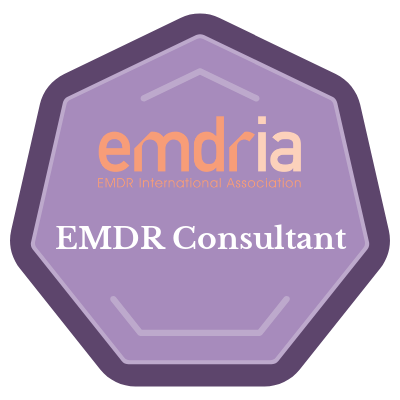What is EMDR Therapy?
Since its inception, more than 30 randomized controlled trials (RCTs) have shown EMDR therapy to be effective in treating PTSD in adults and children and is now recommended in a number of treatment guidelines for trauma work and recognized as an Evidence Based Treatment (EBT). There is also evidence from other RCTs that EMDR therapy may be effective in treating major depressive disorder, bipolar disorder, psychosis, anxiety disorders, obsessive-compulsive disorder, substance use disorder, and pain. For links to research on the efficacy of EMDR therapy, click here or here.
EMDR therapy is a comprehensive therapy approach which focuses on personal growth and change, beyond the remission of symptoms. EMDR therapy treats the whole person, meaning it addresses the individual, relational, and behavioral domains. There is also the recognition and incorporation of the reality of the systems that we all live, from the familial to the cultural systems. As EMDR therapists we want to help our clients’ capacities to respond adaptively to life challenges resulting from developmental trauma while building/restoring resilience and promoting personal growth.
If you are a visual learner or simply want a bit more information, you can follow this link for a free webinar on EMDR therapy, Understanding EMDR Therapy: The Connection Between Symptoms, Triggers & Trauma Memory Networks.
As I like to put it, EMDR therapy can help you learn to let go of the pain from your past, live more fully in the present, and develop hope for the future.














